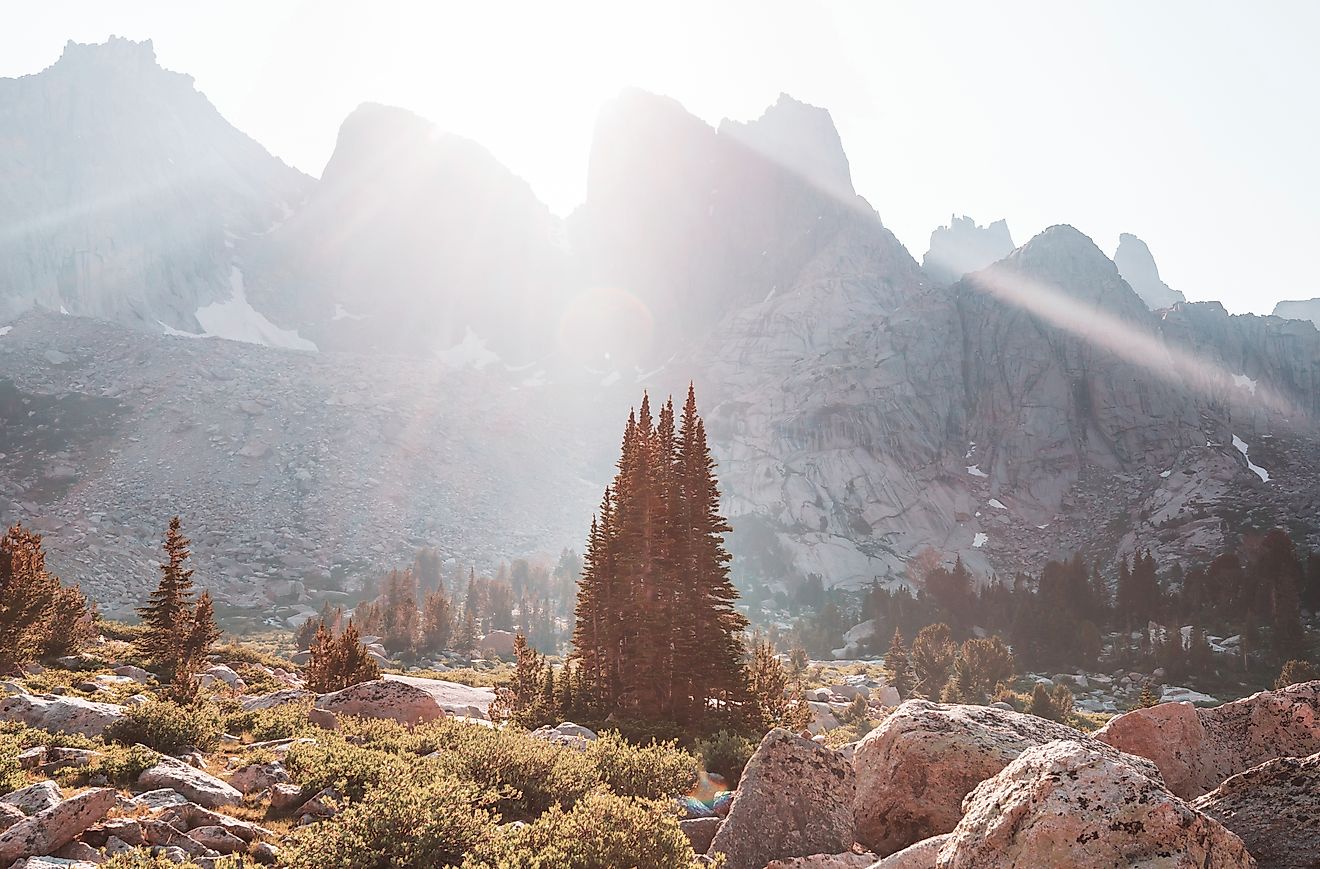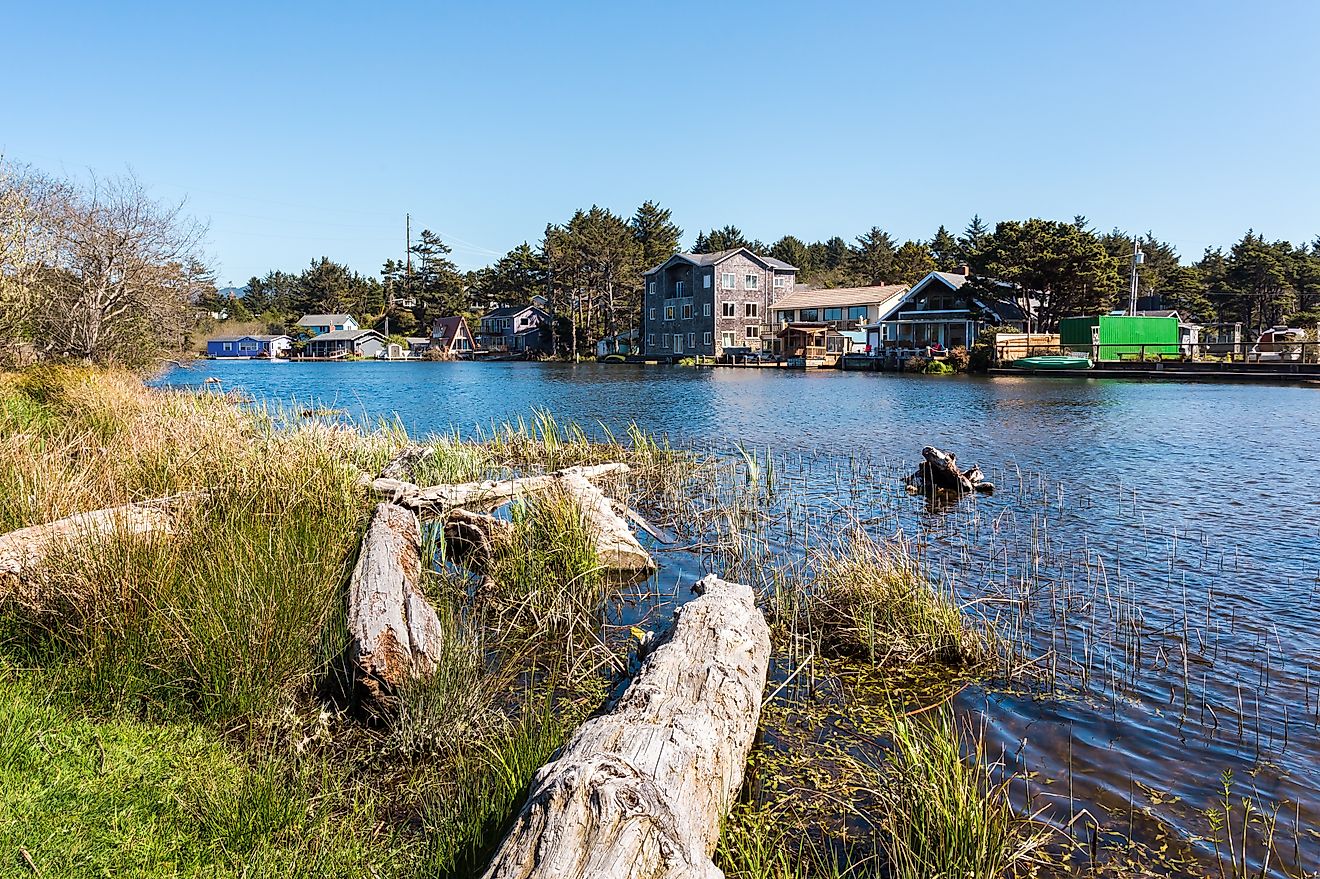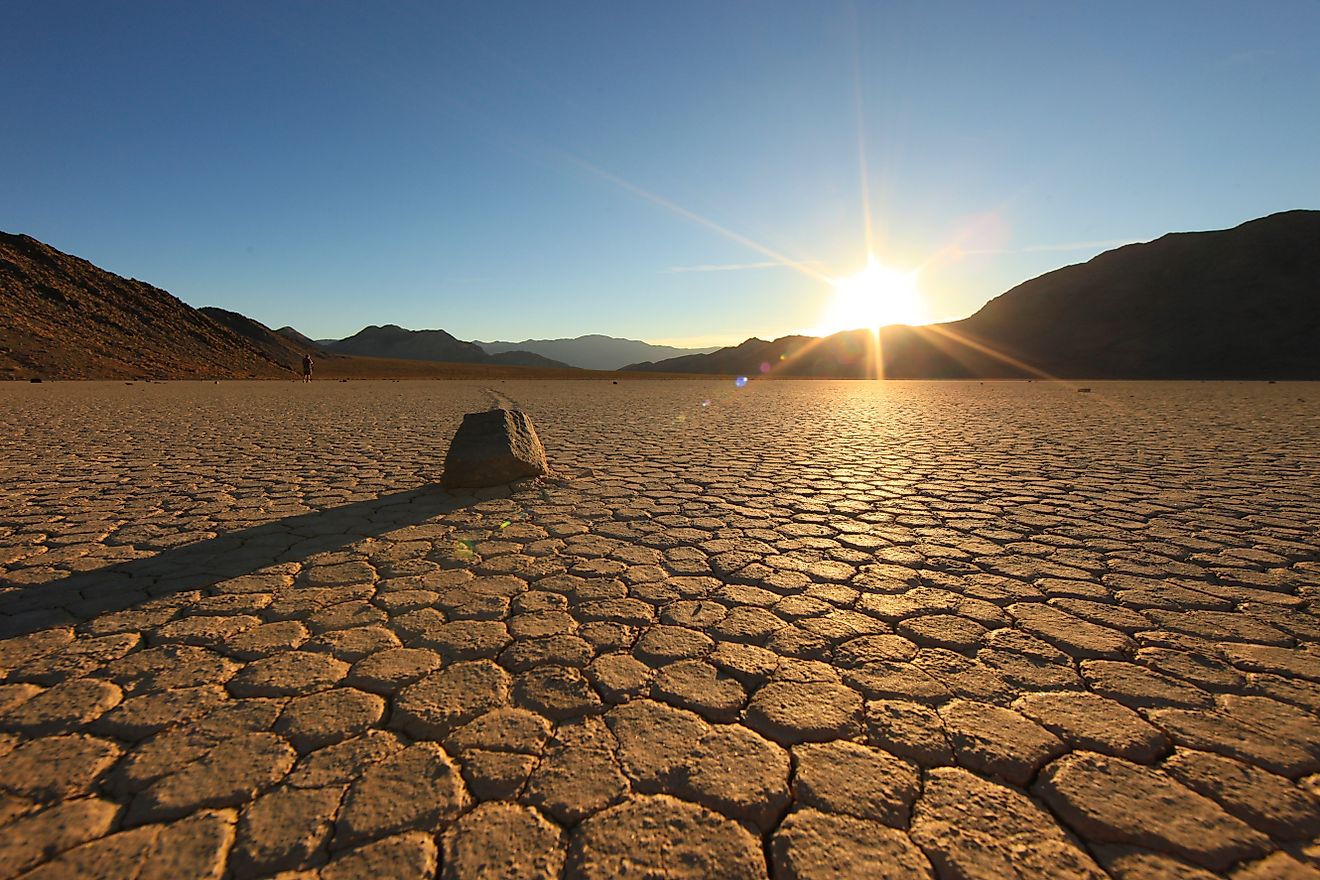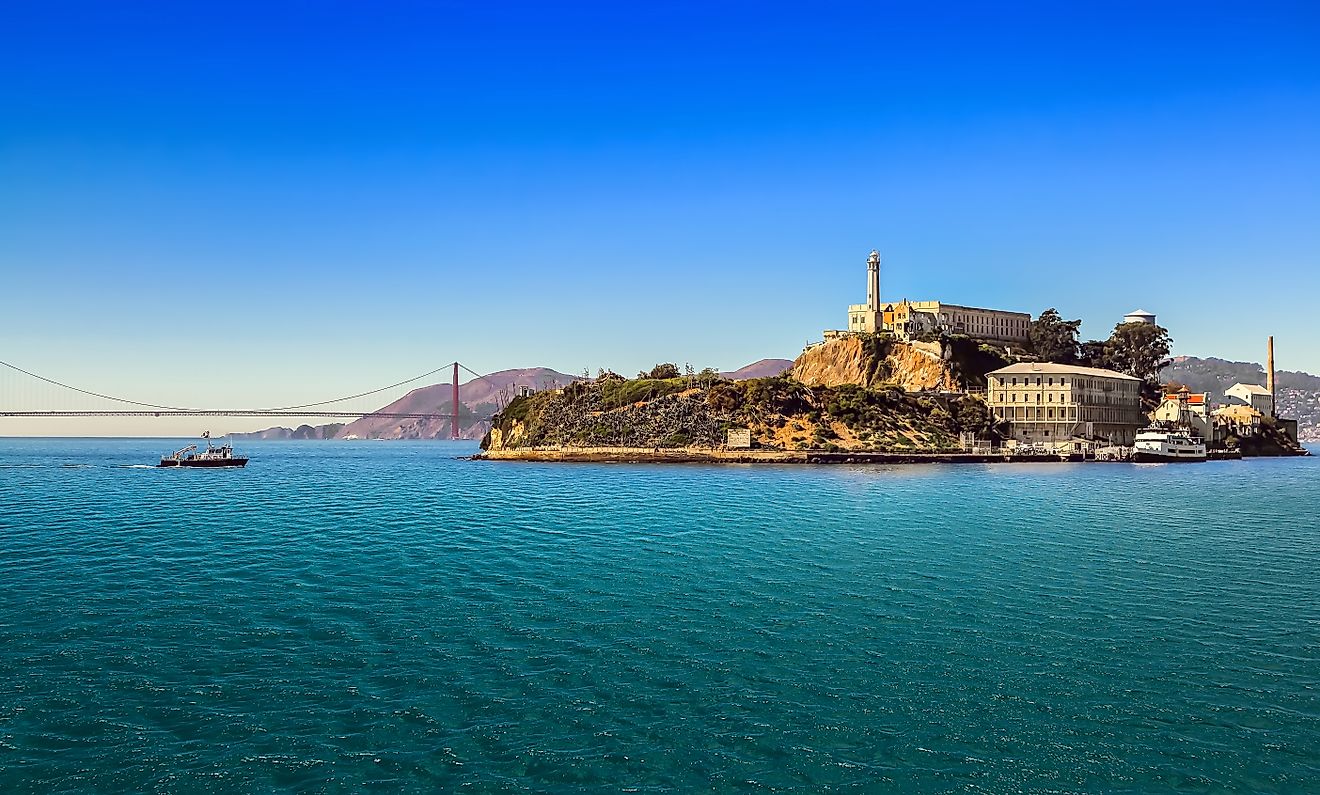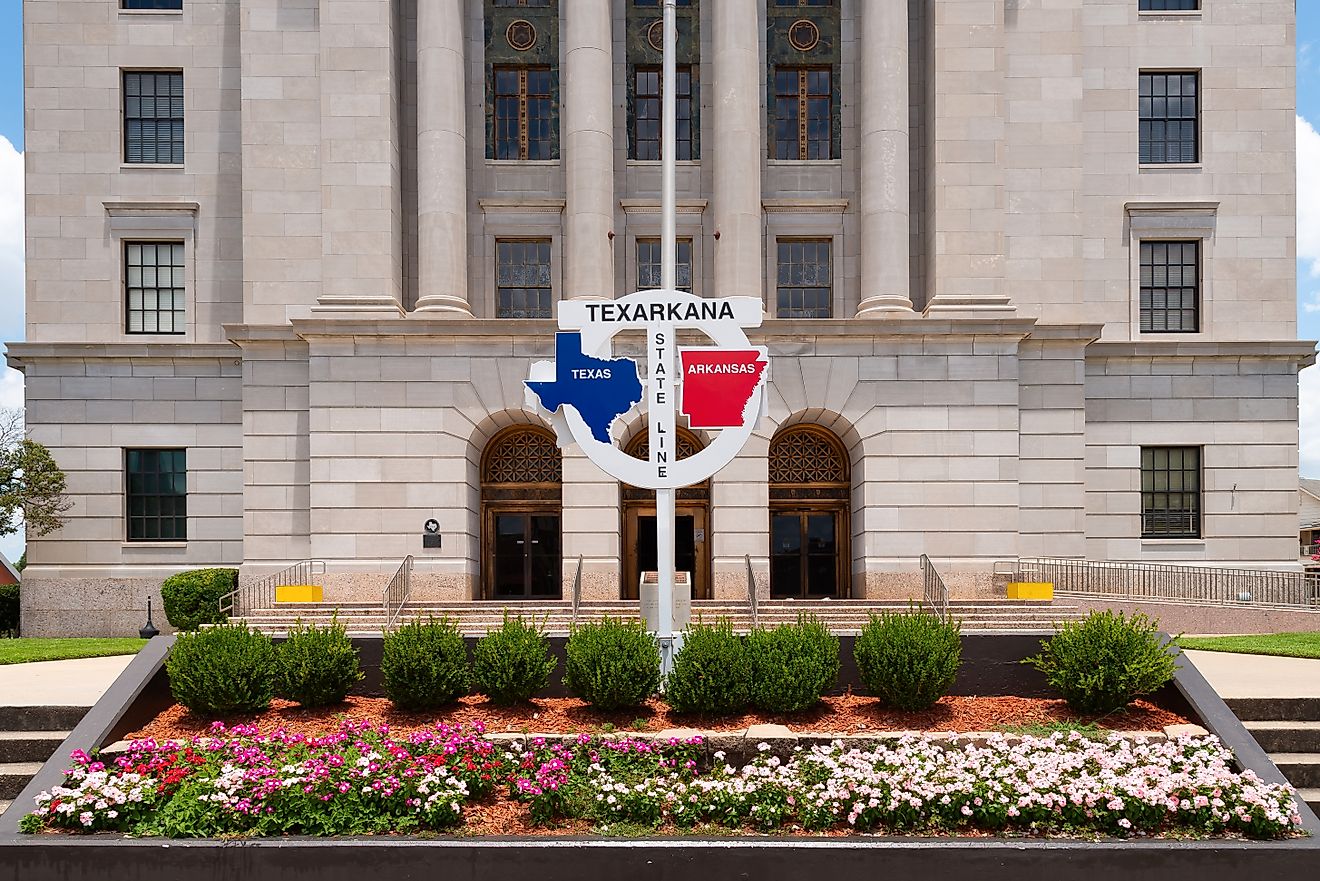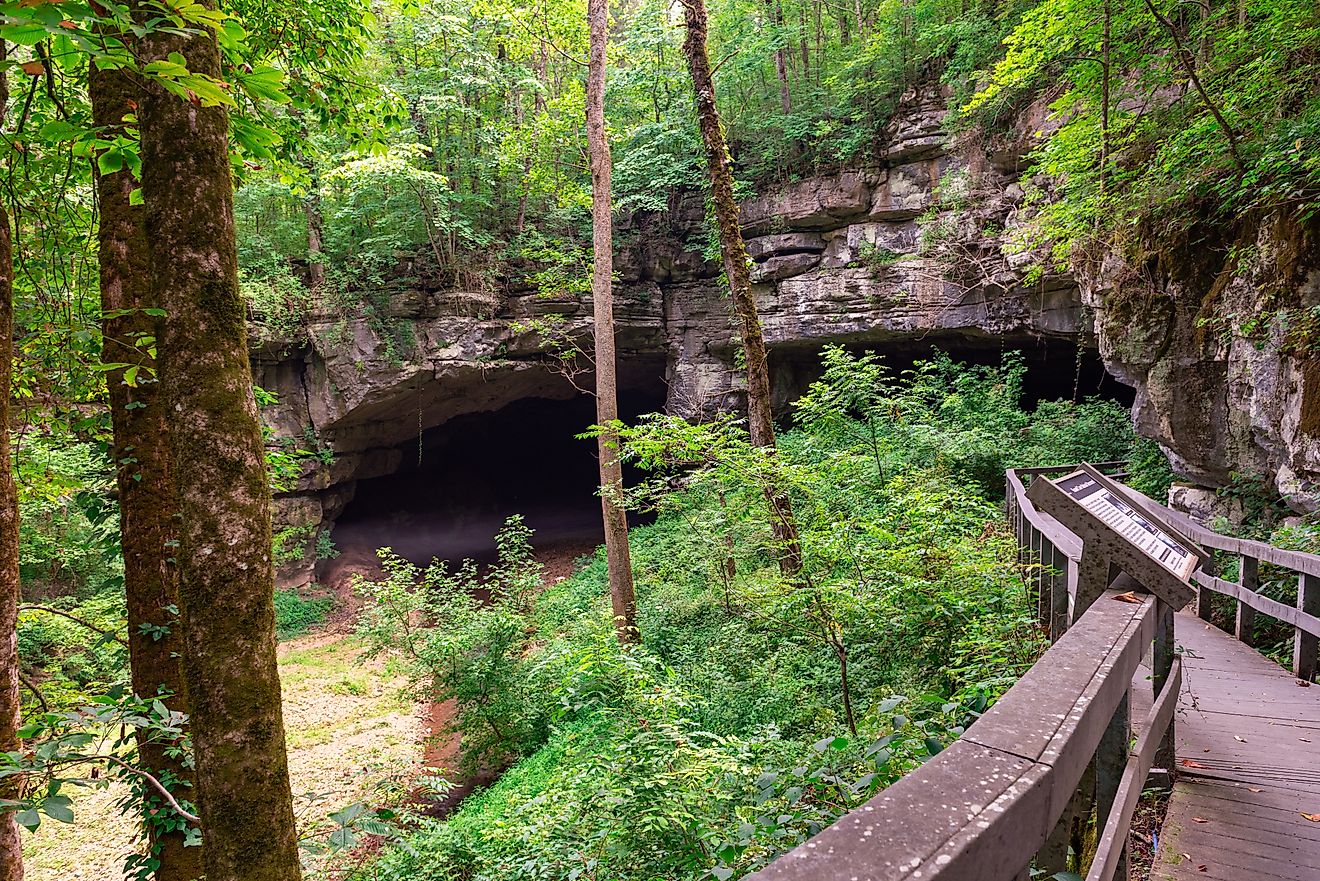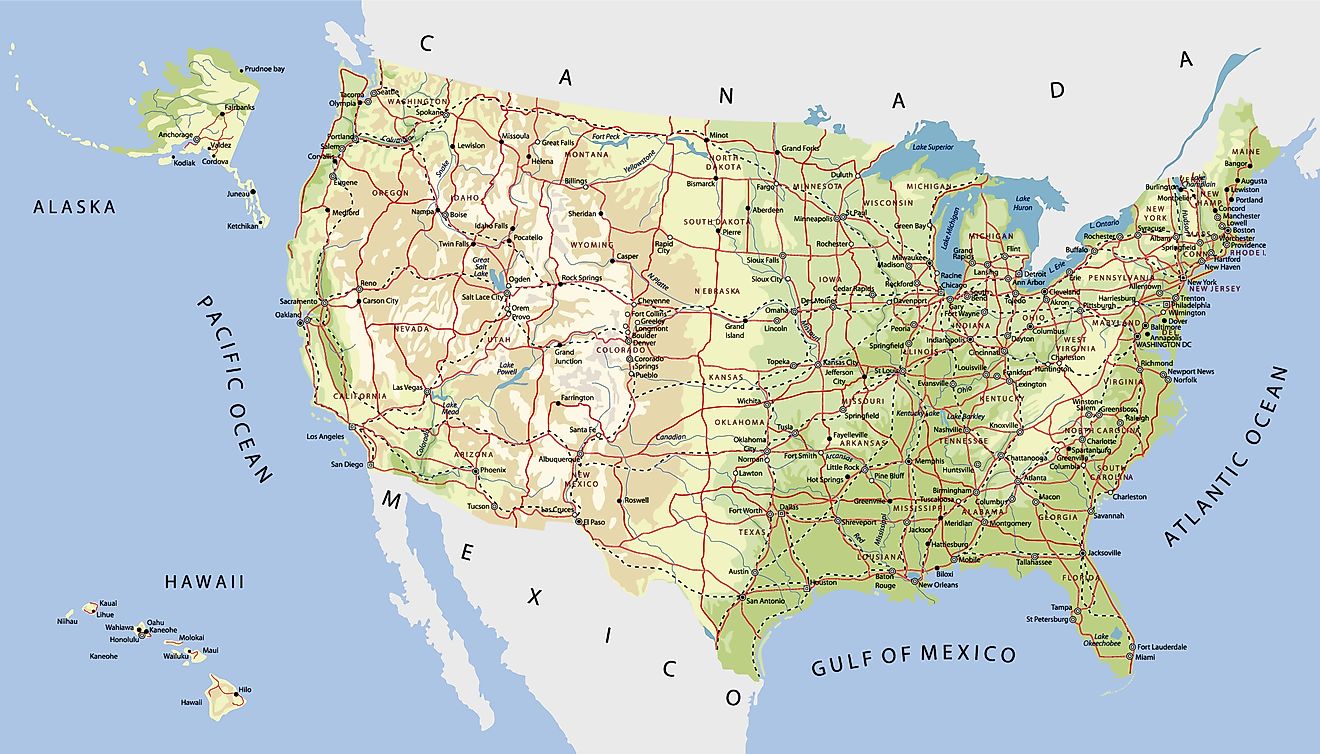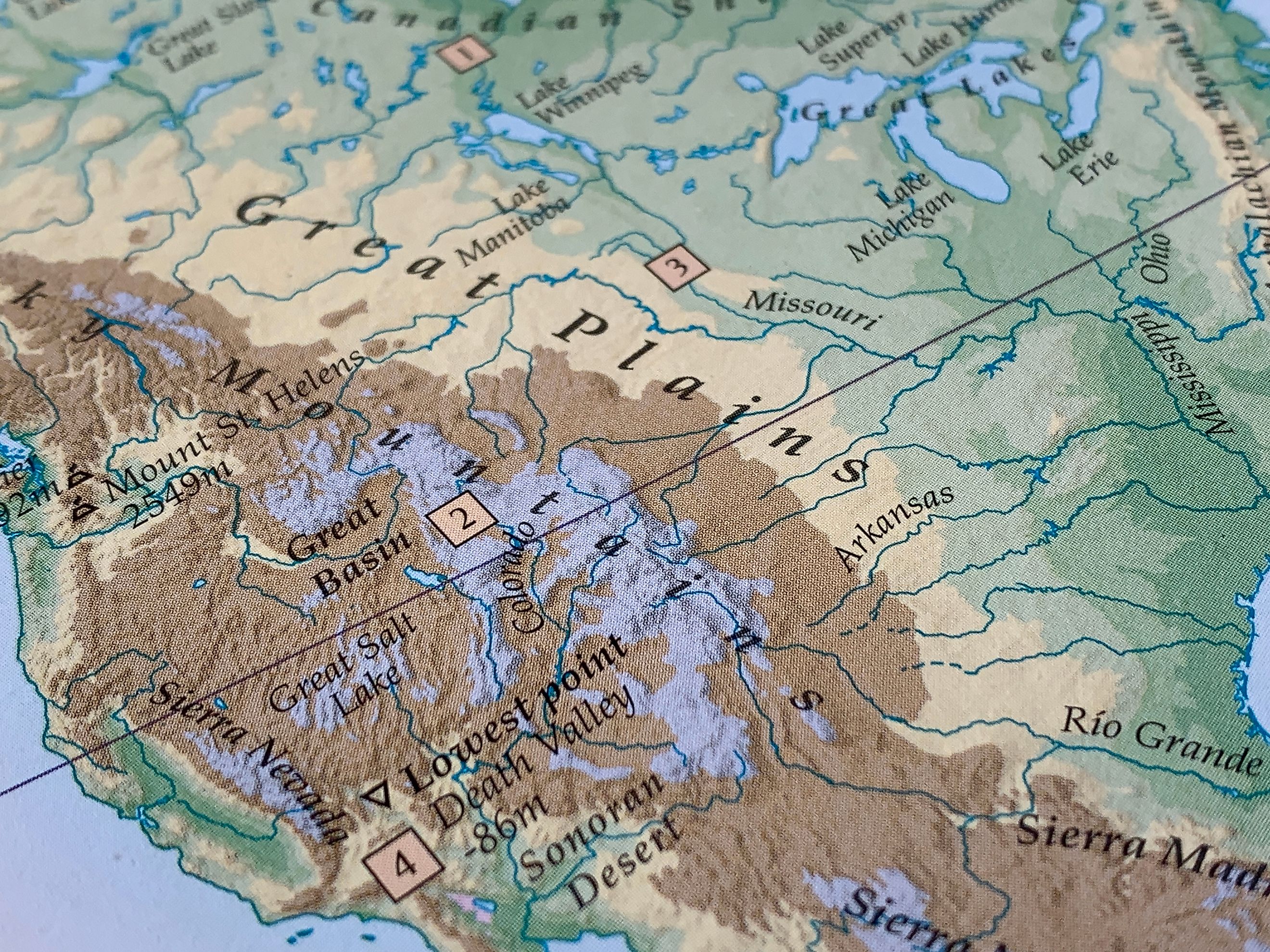
Which US States Are Part of the Great Plains?
The Great Plains stretch across the heart of North America, an immense region of open skies, rolling prairies, and sweeping grasslands. Covering parts of 10 states, this vast landscape has shaped American history through farming, ranching, Native traditions, and stories of westward expansion. Today, the Great Plains remain a place of dramatic weather, endless horizons, and communities that embody resilience and wide-open freedom.
So, which US states are part of the Great Plains? The answer depends on how geographers draw the lines, but most agree the region includes portions of Montana, North Dakota, South Dakota, Wyoming, Nebraska, Kansas, Colorado, Oklahoma, Texas, and New Mexico. Each state contributes its own flavor of prairie life, history, and natural beauty.
Let’s break it down state by state and explore what makes each section of the Great Plains so unique.
The Heart of the Continent
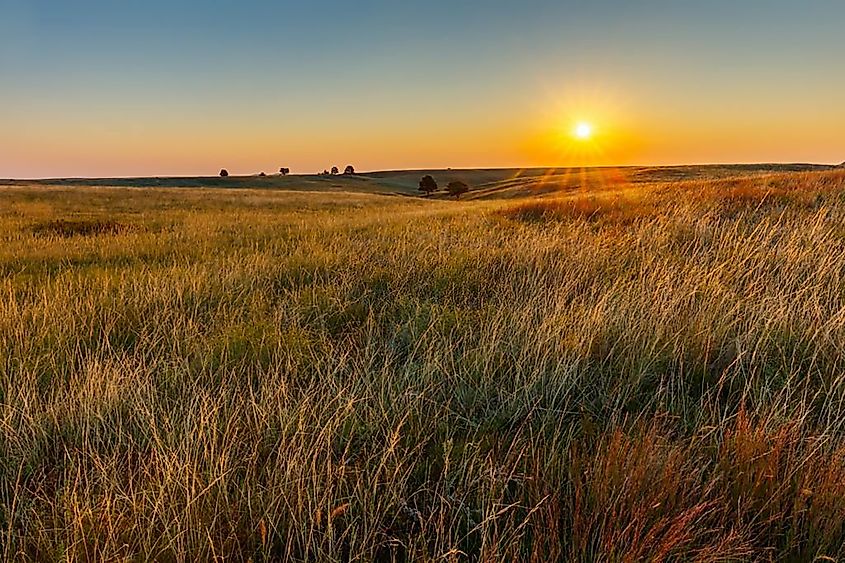
The Great Plains are more than a backdrop for pioneer stories and cattle drives. They remain one of the most productive agricultural regions in the world, growing wheat, corn, and soybeans while supporting large cattle ranches. Oil, natural gas, and wind energy are also central to the economy here, making the Plains a powerhouse for both food and fuel.
Culturally, the Plains are rich in history. Native American nations including the Lakota, Cheyenne, and Kiowa have deep roots here, and historic trails like the Oregon Trail and Santa Fe Trail still capture the imagination. The land also supports unique ecosystems, from prairie dog towns to bison herds and migratory birds.
Understanding which states are part of the Great Plains helps reveal how this region continues to influence American life, both past and present.
States That Make Up the Great Plains
The boundaries of the Great Plains are not perfectly defined. Geographers agree on a core group of states that fit within the region, though some states only include a portion of the Plains within their borders. Here’s a clear look at the states most often included:
| State | Region in the Plains | Notable Features | Major Cities in the Plains |
|---|---|---|---|
| Montana | Eastern portion | Rolling prairies, grazing land, oil fields | Billings, Miles City |
| North Dakota | Entire state | Wheat fields, oil boom, Red River Valley | Bismarck, Fargo |
| South Dakota | Entire state | Black Hills, Badlands, Native American heritage | Rapid City, Sioux Falls |
| Nebraska | Entire state | Sandhills, Platte River, agriculture hub | Omaha, Lincoln |
| Kansas | Entire state | Wheat production, tornado alley, historic trails | Wichita, Topeka |
| Oklahoma | Western portion | Red Plains, oil and gas, cattle ranches | Oklahoma City, Enid |
| Texas | Panhandle and north | Llano Estacado, cattle country, wind farms | Amarillo, Lubbock |
| Colorado | Eastern portion | Shortgrass prairie, farming, ranching | Sterling, Lamar |
| Wyoming | Eastern portion | Prairie meets mountains, energy production | Cheyenne, Torrington |
| New Mexico | Northeastern corner | High plains, mesas, historic ranching lands | Clayton, Tucumcari |
Montana: Big Sky Country and Rugged Prairie Edges
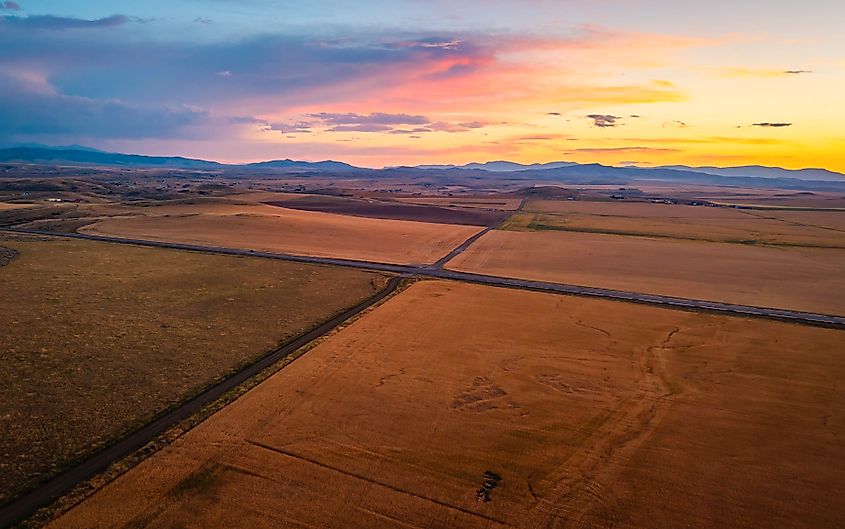
Montana is often associated with the Rocky Mountains, but the eastern part of the state belongs firmly to the Great Plains. Wide stretches of shortgrass prairie define this region, home to pronghorn antelope and rolling wheat fields. Towns in eastern Montana maintain deep ranching traditions, while places like the Fort Peck Indian Reservation highlight the cultural legacy of Native nations who have lived on these lands for centuries.
The sense of space here is unmatched. On a clear day, the horizon seems endless, and the famous Montana “big sky” feels even larger against the flat plains. The Missouri River cuts through, adding fertile valleys and historic significance as part of the Lewis and Clark expedition.
North Dakota: Prairie Stronghold of The North
North Dakota sits at the northern edge of the Great Plains, where grasslands stretch toward Canada. Much of the state is classic prairie, dotted with farms and oil fields that mark the balance between natural resources and modern industry.
Bismarck and Fargo might get the headlines, but the small towns scattered across the plains hold the heart of North Dakota’s culture. Residents maintain ties to Native American heritage, Scandinavian traditions, and frontier history. Agriculture dominates, especially wheat and sunflowers, while Theodore Roosevelt National Park preserves the rugged badlands that edge the western plains.
South Dakota: Land of Grass and Granite
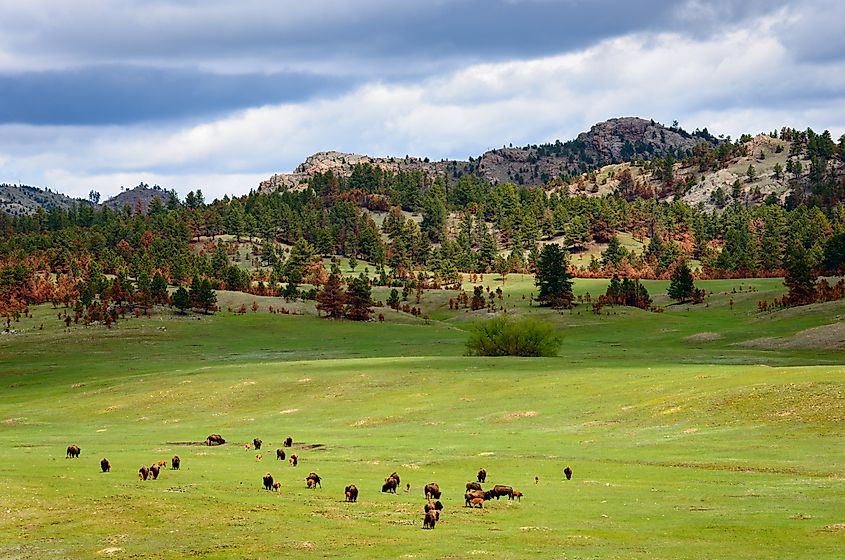
South Dakota showcases both prairie and peaks. The eastern half of the state is quintessential Great Plains, filled with rolling farmland, tallgrass prairies, and wide rivers like the Missouri. This is where bison once roamed in vast herds, and where Native nations such as the Lakota and Dakota still maintain cultural influence.
Travelers often head to the Black Hills in the west, but the plains deserve equal attention. Towns such as Pierre and Mitchell highlight agricultural life, while the open prairie gives way to dramatic weather and some of the most vivid sunsets you can imagine.
Wyoming: Prairie Meets Mountain Country
Wyoming might be best known for Yellowstone and the Tetons, yet nearly half the state belongs to the Great Plains. The eastern side, stretching along the border with Nebraska and South Dakota, is a sea of grass and sagebrush. Ranching defines life here, and the cowboy spirit still thrives.
Cheyenne, the state capital, reflects the mix of frontier heritage and prairie culture. The town hosts Frontier Days, a legendary rodeo that draws visitors each summer. Beyond the city, the Great Plains of Wyoming offer solitude, quiet skies, and a sense of stepping back into an older, slower way of life.
Nebraska: The Heart of The Plains
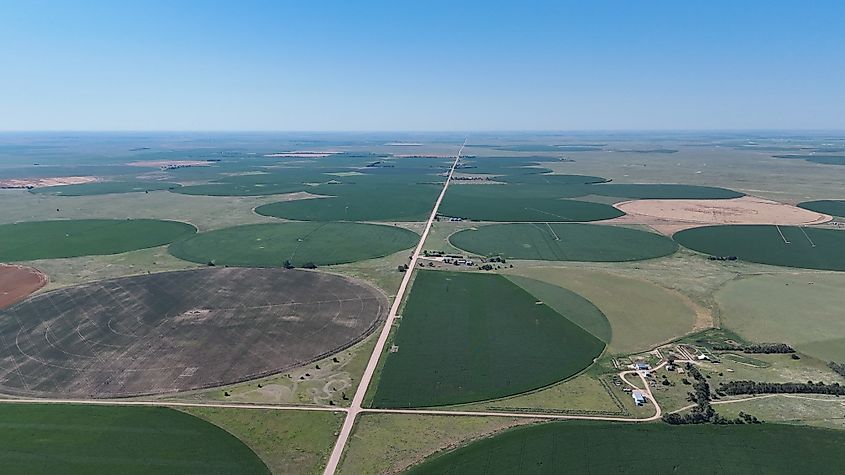
Nebraska sits squarely in the middle of the Great Plains, and it often gets called the “Cornhusker State” for good reason. Farming dominates nearly every corner, with corn, soybeans, and wheat filling the horizon. Yet Nebraska is more than just agriculture. The Sandhills, a region of grass-covered dunes, create a one-of-a-kind prairie landscape.
Lincoln and Omaha bring city energy, but much of Nebraska holds tight to small-town traditions. Railroads, cattle drives, and pioneer trails all crossed through here, leaving a deep historic footprint. For those who want to experience the Great Plains in their purest form, Nebraska is a prime destination.
Kansas: Classic Prairie Life
Kansas is often used as the symbol of America’s heartland, thanks to its endless fields and central location. The state is almost entirely part of the Great Plains, making it one of the best places to see tallgrass prairie preserved in its natural form. Konza Prairie and Tallgrass Prairie National Preserve protect rare landscapes where grasses reach shoulder height and bison graze as they once did.
The Wizard of Oz cemented Kansas in popular imagination, but life here is grounded in agriculture, small towns, and a strong sense of community. Tornado Alley runs through the state, adding a dramatic twist to prairie weather, while summer storms bring awe-inspiring lightning shows across the open sky.
Colorado: Plains Before The Peaks
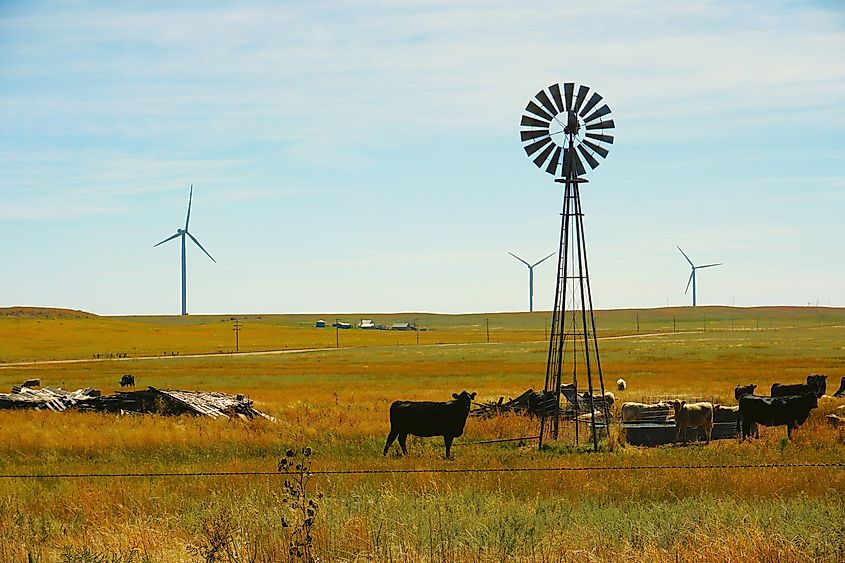
Colorado’s mountains might steal the spotlight, but nearly half the state lies in the Great Plains. The eastern portion is flat, fertile, and wide open. Denver itself sits right on the edge, where the plains meet the Rockies.
Eastern Colorado thrives on farming and ranching, producing cattle, corn, and wheat. Small towns carry strong ties to cowboy traditions, while the wide-open land offers incredible stargazing. Travelers often pass through on their way to the mountains, but the plains hold their own beauty, quiet, and history.
Oklahoma: Frontier Spirit on The Prairie
Oklahoma has long been a crossroads of cultures, where Native American nations, frontier settlers, and oil barons shaped the land. The western and central parts of the state belong to the Great Plains, filled with wheat fields, grasslands, and a strong agricultural base.
The state’s history with the Dust Bowl still resonates, reminding residents and visitors of how fragile prairie ecosystems can be. Yet modern Oklahoma is full of life and resilience, with ranches, rodeos, and small towns thriving across the plains. The mix of Native traditions and frontier history gives Oklahoma’s Great Plains a unique cultural richness.
Texas: Big State, Bigger Plains
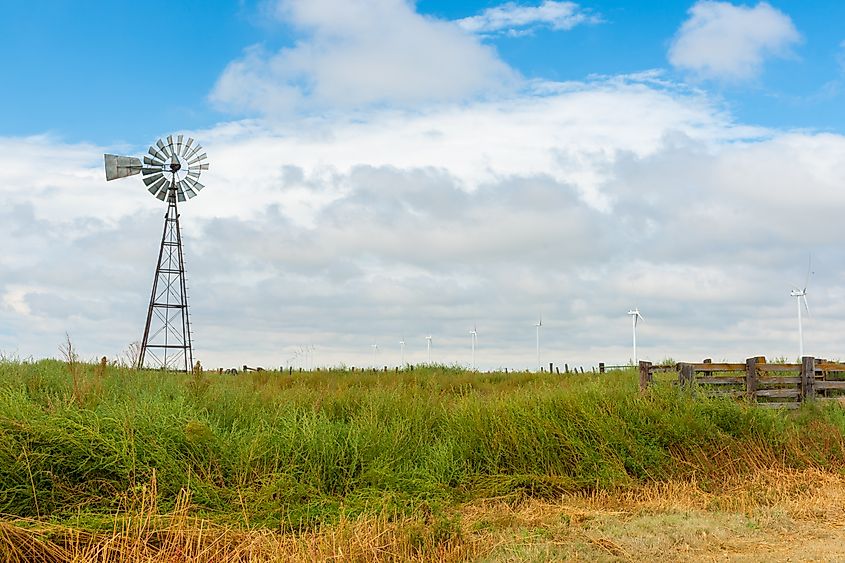
Texas is vast, and its share of the Great Plains is equally impressive. The panhandle and parts of north-central Texas fall within the region, creating a landscape of cattle ranches, cotton fields, and wide horizons. Amarillo and Lubbock serve as cultural hubs, while smaller towns highlight cowboy life and prairie traditions.
The plains of Texas are hot, dry, and dramatic, with summer storms that light up the sky and winters that can surprise visitors with sudden cold snaps. Barbecue smoke often drifts across small towns, and country music echoes the lifestyle that grew out of these rugged lands.
New Mexico: Prairie With a Desert Edge
New Mexico might be better known for its deserts and mountains, yet the northeastern corner belongs to the Great Plains. This area blends shortgrass prairie with mesas and open sky, creating a striking mix of landscapes.
Ranching dominates the economy, and small towns keep traditions alive. The region feels remote, giving visitors a chance to experience the Great Plains without crowds. The combination of Native heritage, Hispanic culture, and cowboy history creates a unique flavor that sets New Mexico’s plains apart from the rest.
Exploring America’s Open Heartland
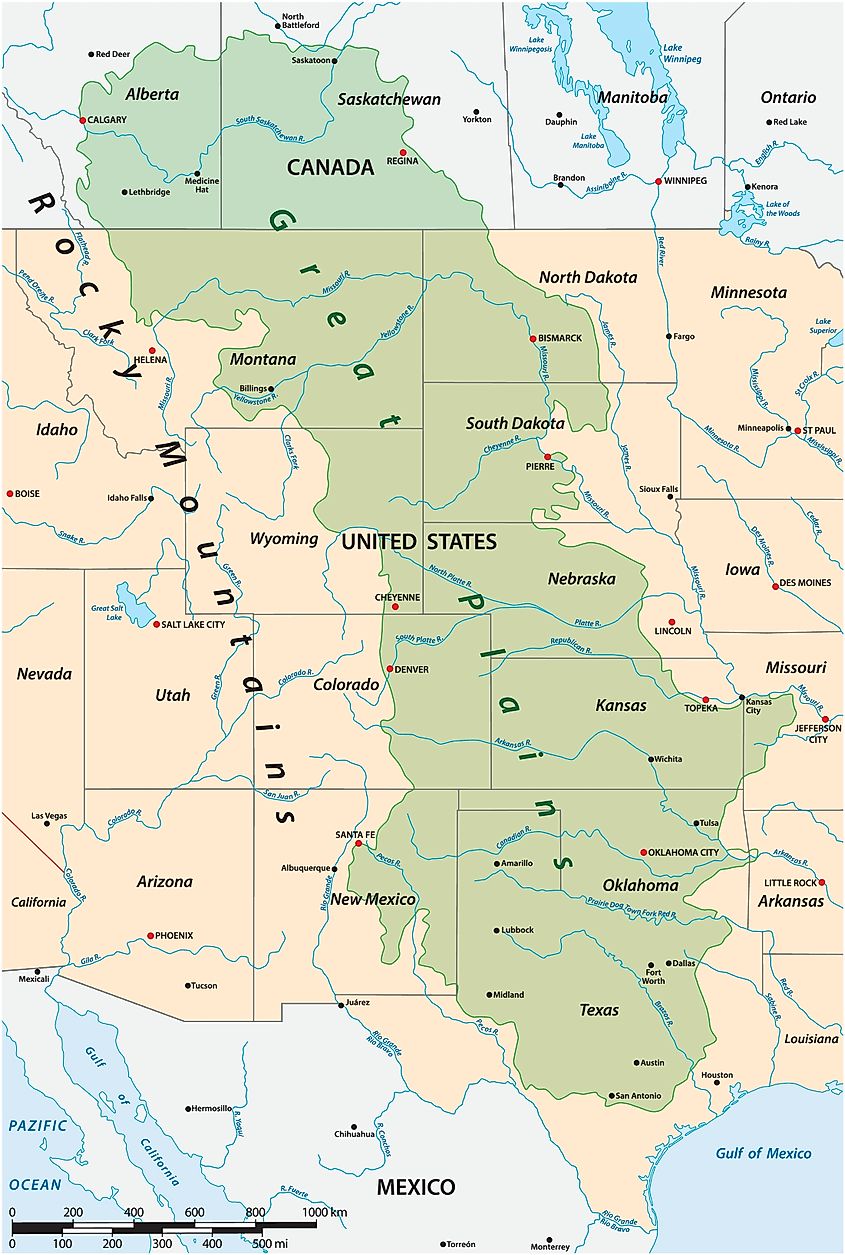
The Great Plains cover nearly one-third of the United States, and they remain a symbol of resilience, simplicity, and natural beauty. Each state brings its own flavor, from the tallgrass prairies of Kansas to the rugged badlands of North Dakota and the Sandhills of Nebraska. Families, travelers, and history buffs will find plenty to explore in this sweeping landscape.
The next time you imagine the wide-open American frontier, think of the Great Plains. It is a region where history, culture, and nature all meet under one endless sky.
